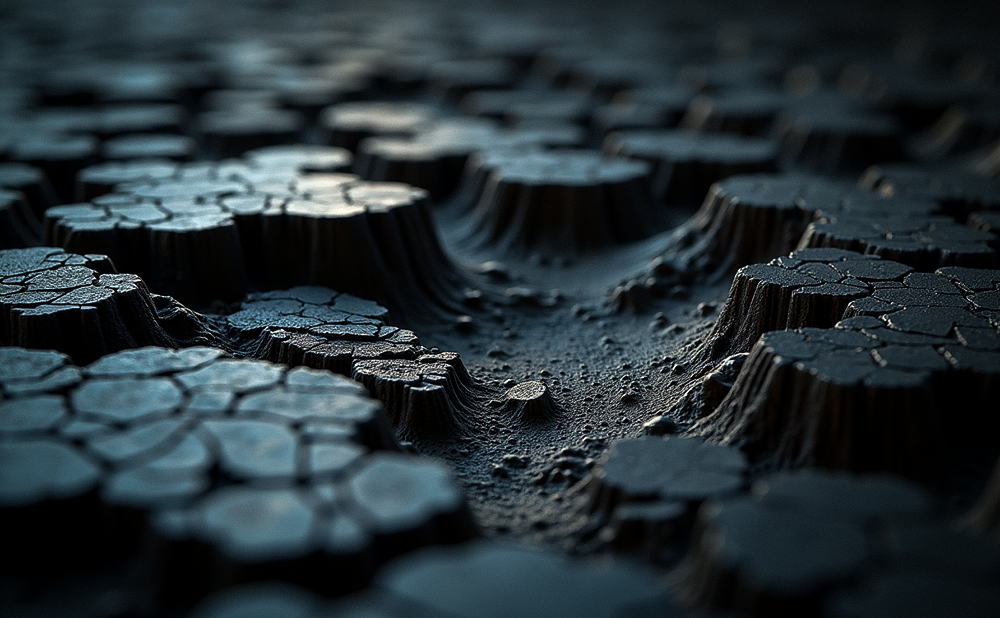As technology continues to evolve at a breathtaking pace, artificial intelligence (AI) has surged into realms once dominated solely by human skill and intuition. From visual art to music composition, AI's grip on the creative industries is undeniable. But the real question is: Is AI a tool for enhancement or a harbinger of creative obsolescence? Understanding AI's impact is crucial for artistic professionals and anyone passionate about creative expression.
The integration of AI in creative practices reveals a dual narrative: one of transformation, where AI augments human ingenuity, and another of ethical contemplation, wherein the implications of machine involvement in creativity demand scrutiny. This article will explore these dynamics, providing insights into how AI is reshaping artistic endeavors while raising important ethical questions.
The Evolving Role of Creative Professionals
AI as a Collaborative Tool
Initially perceived as a potential threat, AI is proving to be more of a creative partner than a competitor. While tools such as DALL-E, which generates images from textual prompts, empower visual artists, platforms like Jukedeck allow musicians to compose original scores with the simple click of a button. These applications showcase AI's capacity to enhance the artistic process by providing fresh ideas and speeding up production.
- Collaboration Over Replacement: Artists are increasingly using AI to inspire and supplement their own creativity.
- Example: Business professionals who incorporate AI-generated visuals in pitches report increased engagement.
Job Transformation vs. Job Replacement
Concerns about job loss in the arts, fueled by headlines about AI-generated artworks selling for thousands, are prevalent. However, evidence suggests that rather than displacing jobs, AI is transforming them. According to a report by the World Economic Forum, while automation may eliminate certain roles, it will also create exciting opportunities for tech-savvy artists.
- Growth in New Roles: There’s an emerging demand for positions that bridge art and technology, such as AI trainers and digital content strategists.
- Success Stories: Many artists who embrace AI report new avenues for creativity and collaboration that they had never previously explored.
Revolutionizing Traditional Artistic Processes
New Creative Processes Enabled by AI
AI isn’t just a fancy tool; it’s a transformative force in the creative landscape. Traditional artistic methods are being redefined, with algorithm-generated music and digital art gaining traction. AI encourages experimentation and innovation, allowing creators to push boundaries in ways previously thought impossible.
- Crowd-sourced Art: Projects like Google’s "DeepDream" invite users to manipulate and transform images, democratizing the art-making process.
- Algorithmic Storytelling: The art of storytelling now collaborates with AI, generating narratives that reflect diverse perspectives and captivating audiences.
Accessibility of Creativity
AI has dramatically lowered the barriers to artistic creation. No longer do you need to have substantial training or resources to express your creativity; various apps enable anyone to create art, music, or written content.
- Case Study: Young aspiring musicians use apps with AI music generation capabilities to produce songs from their smartphones, making music creation more accessible than ever.
- Community Initiatives: Nonprofits are leveraging AI tools to foster creativity in underserved communities, opening doors for self-expression through technology.
Ethical Implications of AI in Creative Industries
Ownership and Copyright Issues
With AI generating original works, a foggy landscape of ownership and copyright rights emerges. Who owns a piece of art created by an AI? This question confronts artists daily amidst lawsuits concerning AI-generated content. As traditional copyright laws grapple with these issues, the legal groundwork remains murky.
- Real-World Examples: Throughout 2023 alone, several court cases have deliberated on the ownership rights of artworks generated by AI, signaling a need for legal evolution.
Cultural Appropriation and Representation
AI systems can perpetuate existing biases and misrepresent marginalized voices if not correctly designed. The lack of diversity in the datasets used to train AI can lead to an oversimplified narrative in creative output.
- Initiatives for Change: To combat this, organizations are working on curating diverse datasets that aim to accurately represent artistic voices from all backgrounds, promoting inclusivity within AI-generated content.
The Future of Creativity in an AI-Driven World
Evolving Skill Sets
The rise of AI signifies that future creative professionals must adapt and thrive within this new paradigm. Essential skills such as digital literacy and adaptability will become critical in a landscape where AI is a ubiquitous collaborator.
- Interdisciplinary Learning: Encouragement for students and emerging artists to engage in both art and technology can broaden skill sets and creative possibilities, preparing them for an AI-integrated future.
Balancing AI and Human Touch
While AI offers unprecedented opportunities, it’s essential to maintain the unique human perspectives that define art. There’s a growing argument for a hybrid creative model where emotional depth and human intuition flourish alongside technological innovation.
- The Human Element: Artists are reminded that their unique narratives and heartfelt expressions are irreplaceable, serving as a counterbalance to AI-generated works.
Reflecting on the intersection of AI and creativity unveils both excitement and trepidation. As AI continues to evolve, fostering transformative changes in creative practices, the ethical implications surrounding ownership, representation, and the future of work become increasingly critical. It is imperative to engage in discussions about AI in creativity while balancing innovation with the irreplaceable essence of human artistry.
The future is not about choosing between man or machine; it’s about synergizing our strengths to craft a diverse and inclusive artistic landscape that celebrates both technology and humanity. As we navigate this new territory, embracing AI while preserving the integrity of heartfelt creativity may be the most beneficial path forward for artists of all stripes.

